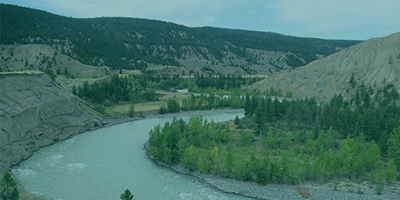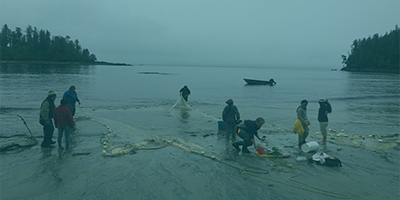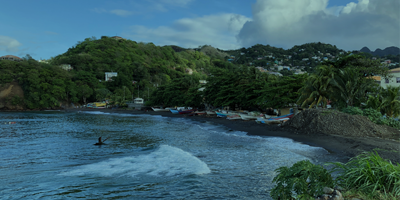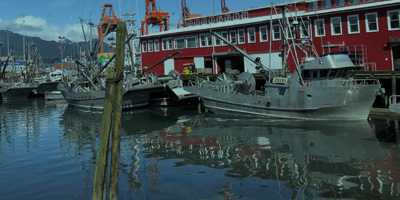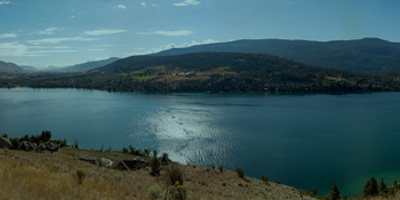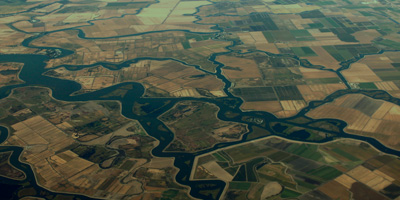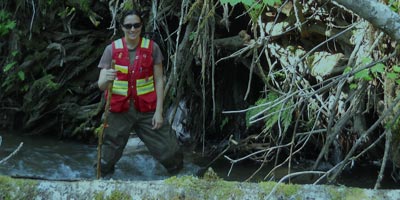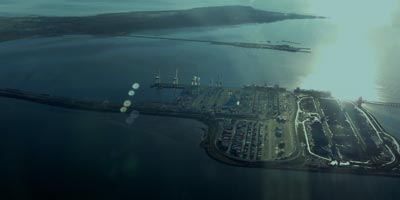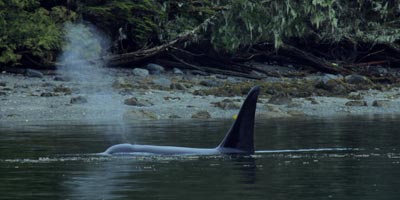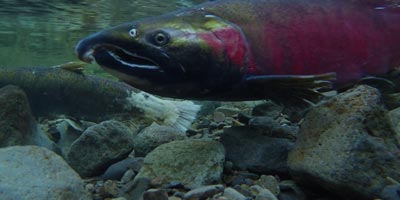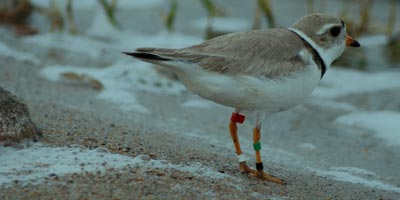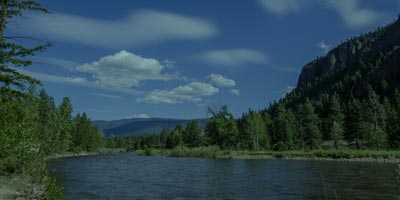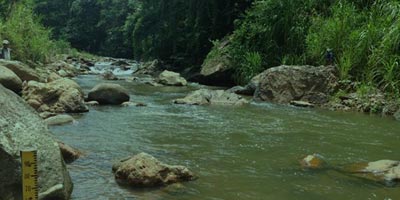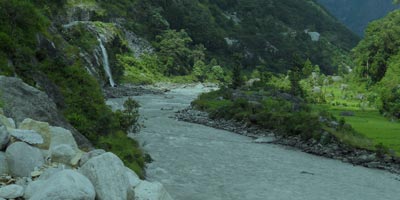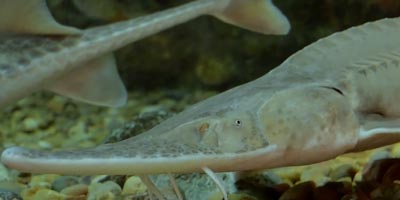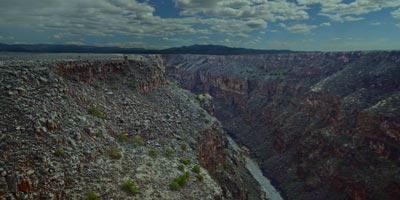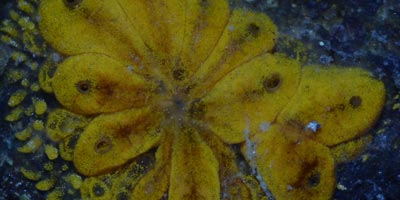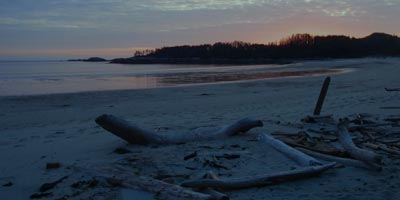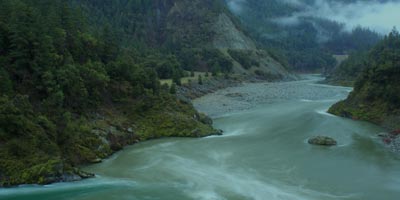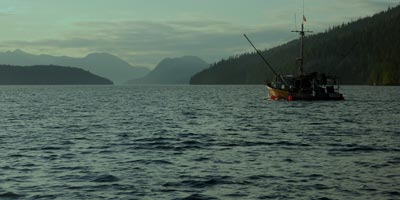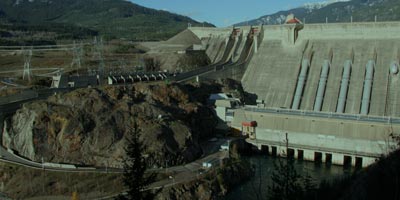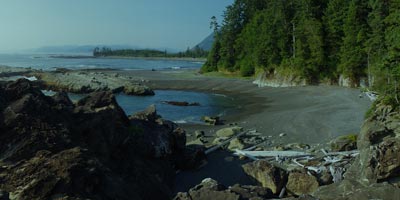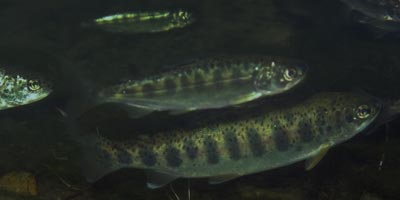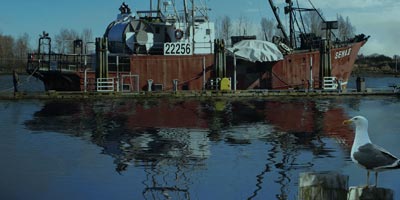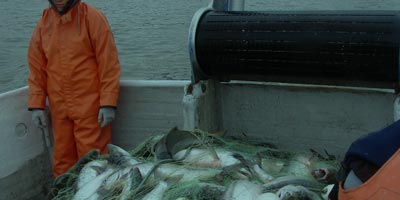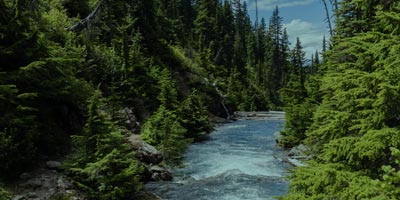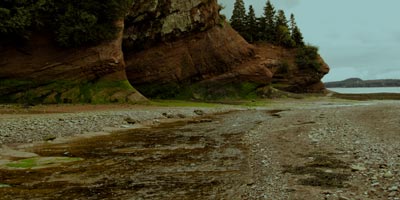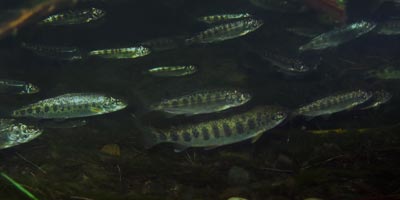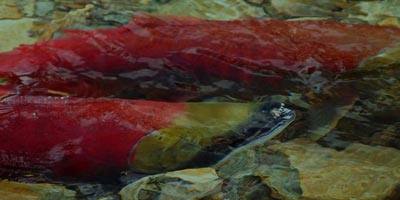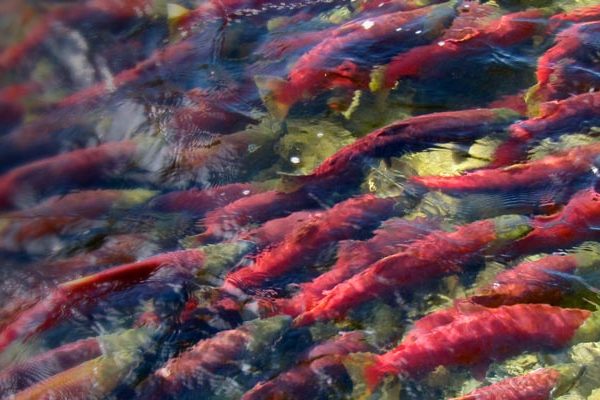
Fisheries & Aquatic Sciences
Fisheries, water use, forestry, invasive species, pollution, and climate change — these are some of the multiple stresses affecting our aquatic ecosystems and in turn the communities, cultures and economies that depend upon them.
Feature Project
Ecological Flows in California Bay-Delta
Feature Project
The Okanagan Fish-Water-Management Tool
Feature Project
Yukon River Salmon Restoration
ESSA has an internationally-recognized reputation and over 35 years of experience developing creative and durable solutions to aquatic problems in socio-ecological systems. We work around the world with resource management agencies, indigenous communities and governments, industry, NGOs, and academics, with a focus on North America.
Whether we are tackling broad-scale policy issues, developing scientifically defensible monitoring plans, or building ecological models and decision-support tools, we take a systems approach to make it easier for people, communities, and organizations to make decisions in freshwater and marine systems. To do this, we help bring together the right people, ask the right questions, and find answers and solutions through technical facilitation of workshops, deep scientific knowledge, objective problem analysis, decision support tools and advanced analytical techniques.
ESSA can help if you are struggling to identify management actions that meet your objectives and are robust to uncertainty, trying to understand and visualize trade-offs in your aquatic system, or need help conducting a deeper dive into fisheries data.
Our work in this practice area encompasses:
- Aquatic species and ecosystem risk assessment
- Habitat restoration and monitoring plans at local to whole watershed scales
- Fisheries stock assessment, catch estimation, and population modelling
- Aquatic ecosystem and food web modelling
- Fisheries management, monitoring, and reporting system evaluation and design
- Aquatic species and habitat data management systems
- Ecological flows assessment and decision-support systems
Explore the following sample of projects in Fisheries & Aquatic Sciences which showcase our work and a foundational reading list from which we draw inspiration. Contact Brian Ma ([email protected]) or Natascia Tamburello ([email protected]) for more information about our work in this practice area.
- Alexander, C.A.D., F. Poulsen, D.C.E. Robinson, B. O. Ma, R.A. Luster. 2018. Improving Multi-Objective Ecological Flow Management with Flexible Priorities and Turn-Taking: A Case Study from the Sacramento River and Sacramento–San Joaquin Delta. San Francisco Estuary and Watershed Science. 16 (1) Article 2. https://escholarship.org/uc/item/43q0d3c0
- Beechie, T., G. Pess, P. Roni, and G. Giannico. 2008. Setting River Restoration Priorities: a Review of Approaches and a General Protocol for Identifying and Prioritizing Actions. North American Journal of Fisheries Management 28: 891–905. https://doi.org/10.1577/M06-174.1
- Hilborn, R. 2016. Correlation and Causation in Fisheries and Watershed Management. Fisheries: 41 (1): 18-25. https://doi.org/10.1080/03632415.2016.1119600
- Hilborn, R., T.P. Quinn, D.E. Schindler, and D.E. Rogers. 2003. Biocomplexity and fisheries sustainability. PNAS. 100 (11): 6564-6568. https://doi.org/10.1073/pnas.1037274100
- Hyatt, K.D., C.A.D. Alexander, and M.M. Stockwell. 2015. A decision support system for improving “fish friendly” flow compliance in the regulated Okanagan Lake and River System of British Columbia. Canadian Water Resources Journal. 40 (1): 87-110. https://doi.org/10.1080/07011784.2014.985510
- Marmorek, D.,I. Parnell, M. Porter, C.Pinkham, C. Alexander, C. Peters, J. Hubble, C. Paulsen, T. Fisher. 2004., A Multiple Watershed Approach to Assessing the Effects of Habitat Restoration Actions on Anadromous and Resident Fish Populations, 2003-2004 Technical Report, Project No. 200300300, 448 pp. BPA Report DOE/BP-00012481-1. https://www.essa.com/wp-content/uploads/2019/03/Marmorek-et-al.-2004_ESSA-Multi-watershed-report-H00012481-1.pdf
- McAllister, M.K. and R.M. Peterman. 1992. Experimental design in the management of fisheries: a review. North American Journal of Fisheries Management. 12(1): 1-18. https://doi.org/10.1577/1548-8675(1992)012<0001:EDITMO>2.3.CO;2
- Minns, C.K. 2001. Science for freshwater fish habitat management in Canada: Current status and future prospects. Aquatic Ecosystem Health & Management. 4 (4): 423-436. https://doi.org/10.1080/146349801317276099
- Peterman, R.M. 1990. Statistical power analysis can improve fisheries research and management. Canadian Journal of Fisheries and Aquatic Sciences. 47: 2-15. https://doi.org/10.1139/f90-001
- Peterman, R.M. 2004. Possible solutions to some challenges facing fisheries scientists and managers. ICES Journal of Marine Science. 61: 1331-1343. DOI:https://doi.org/10.1016/j.icesjms.2004.08.017
- Poff, N.L. 2017. Beyond the natural flow regime? Broadening the hydro-ecological foundation to meet environmental flows challenges in a non-stationary world. Freshwater Biology. 1–11. https://doi.org/10.1111/fwb.13038


